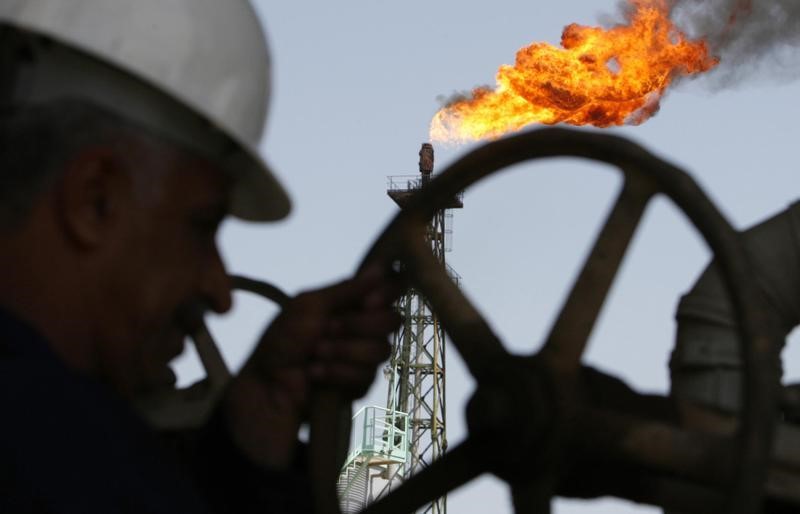Diamyd Medical’s phase 3 diabetes trial passes final safety review
Investing.com-- Oil prices retreated in Asian trade on Friday, extending a sharp drop from the prior session as traders awaited more clarity on the OPEC’s plans for future production cuts, while concerns over the U.S. debt ceiling kept markets on edge.
Crude markets suffered steep losses on Thursday, falling nearly 3% and trimming most of their gains this week after Russian Deputy Prime Minister Alexander Novak said he expects no new steps from the Organization of Petroleum Exporting Countries and allies (OPEC+) during a June 4 meeting.
Selling in crude continued even as Novak clarified that the OPEC was still open to more production cuts, following a surprise supply cut in April.
The comments came barely a day after the Saudi Energy Minister warned against shorting oil prices and that speculators would be hurt.
The dissonance in signals saw bears rush in to pull oil prices off three-week highs, as concerns over slowing economic growth also came to fore after data signaled a recession in Germany.
Brent oil futures fell 0.5% to $75.83 a barrel, while West Texas Intermediate crude futures fell 0.4% to $71.56 a barrel by 21:57 ET (01:57 GMT). Both contracts were set to end the week marginally higher.
Crude prices reversed a bulk of their gains this week as fears of slowing economic growth largely offset signs of tightening U.S. supply and improving fuel demand in the world’s largest oil consumer.
Data on Thursday showed that Germany, Europe’s largest economy, entered a recession in the first quarter as high energy prices dented consumer spending and industrial production.
Uncertainty over the U.S. debt ceiling also weighed ahead of a June 1 deadline for a U.S. default, as lawmakers gave no indication that a bipartisan deal was imminent.
A U.S. debt default is likely to push the economy into recession and have a widespread impact on the global economy. The dollar surged to a two-month high on increased safe haven demand, further pressuring oil prices.
This largely tied into concerns that slowing economic growth will stymie crude demand this year, which has kept oil prices depressed for most of the year. Crude prices are trading down about 6% so far in 2023.
Fears of a new COVID-19 wave in China also weighed on sentiment, amid warnings that cases could peak by late-June. Markets feared more economic disruption in the country as it struggles to recover from three years of strict COVID lockdowns.
